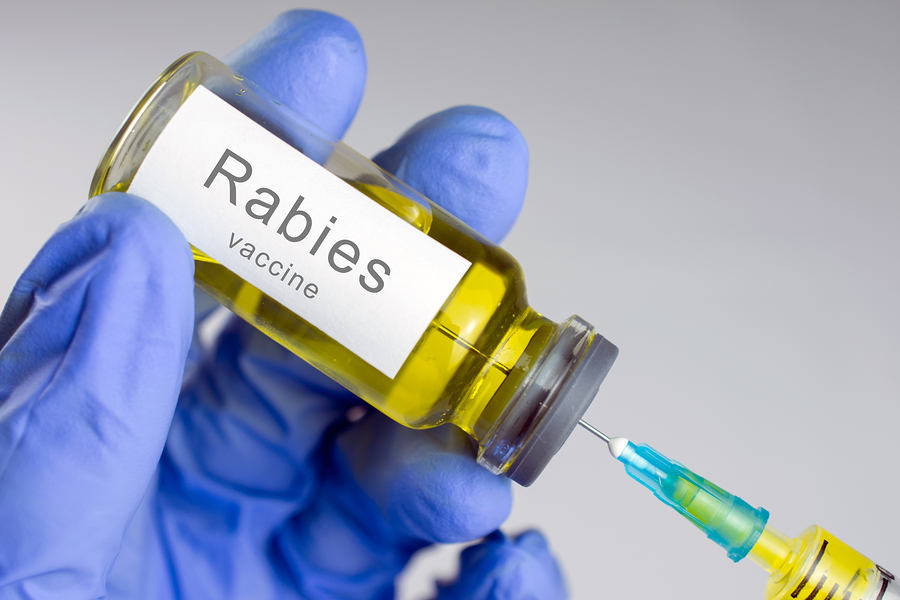Do you have bats near your property? If you do, and you also have outdoor pets or children, it is wise to learn how to protect them from exposure to deadly bat diseases, like Rabies. Continue reading to learn what a rabid bat will look like and how they will behave.

Facts About the Rabies Virus
Bats, much like all other mammals, are prone to catching the Rabies virus. Rabies is one of the scariest illnesses because it is one of the deadliest. In fact, it is fatal for pets if they have not been vaccinated, and it is fatal for humans that do not seek treatment in time. Once neurological symptoms develop, there is no cure for Rabies. Death usually occurs within 2 to 10 days from the onset of symptoms.
Rabies is transmitted via saliva and neural tissues. If a rabid bat’s saliva enters the nose, mouth, eyes, or skin tissue, the Rabies virus can be transferred. Bites are the most common method of transmission. In the case of bats, they will only bite if they are cornered, provoked, or ill. This is why dogs and cats are among the most common victims in the United States. Their curiosity can provoke a bat into self-defense mode, thus resulting in an attack or bite.
If a human is bit by a bat, it is necessary to capture the bat and have its brain tissue tested for the virus. If the test is negative, the person is in the clear. If the test is positive, the person must go through a series of vaccinations. If a person has been already vaccinated for Rabies previously, they will receive an additional two shots around the wound site. If the person has never been vaccinated for Rabies, they will be administered the Human Rabies Immunoglobin antibody to the inside of the wound, followed by five additional shots in the surrounding muscle.
What to Do if You Find a Bat
Bats are known carriers of the Rabies virus, but that does not mean they are all rabid. In fact, according to the Center for Disease Control and Prevention (CDC), most bats DO NOT have rabies. Furthermore, a rabid bat is not always detectable. The only true way to confirm that a bat has Rabies is to have it tested in a laboratory. On the other hand, there are sometimes visible signs of the infection. If you see a bat out during the day, looking confused, or wandering around on the ground, it could be a sign that they are rabid. Additional signs include aggression, disorientation, difficulty flying, blank staring, and paralysis.
Vaccines for Pets
Vaccines and animal control are incredibly important and should be encouraged in everyone. Always get your pets vaccinated every year. Also, people that are at a higher risk of Rabies exposure should get vaccinated as well, such as miners, wildlife rehabilitators, spelunkers, and those who live in areas with frequent bat activity. This is especially important for children and elderly folks.
If you have a lot of bat activity near your home or building, it is wise to have a licensed bat removal and control company inspect your property to ensure it is safe and protection from potential infestations and structural damages. Having this level of protection will reduce the likelihood bat encounter, thus protecting your family, your guests, and yourself.
Where Can I Find Safe Bat Control in Louisville?
Call 502-553-7622 for Louisville bat removal and bat control service you can trust. We are DNR licensed and insured bat control contractors who use safe, non-lethal methods of wildlife extraction and exclusion. We serve both residential and commercial clients, and at the most competitive prices in town. Emergency 24 hour bat removal service is also available. Request a free estimate, today.

